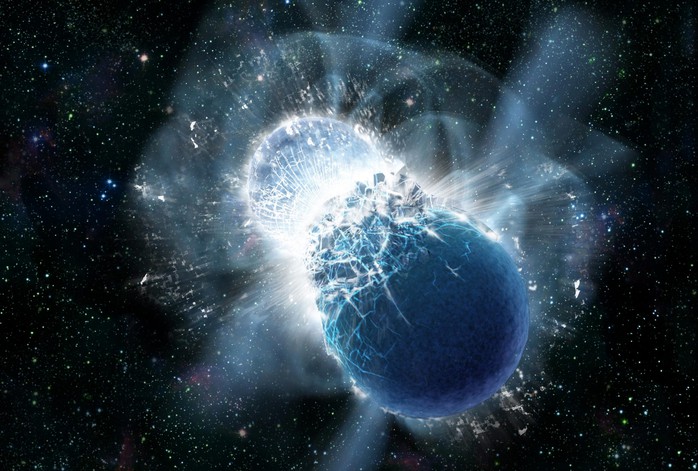A radioactive isotope not belonging to Earth was found in the deep-sea crust of the Pacific Ocean, evidence of an alien “cataclysm”.
According to Science Alert, it is the isotope plutonium-224, an element with a half-life of just over 80 million years, so it could not have been on Earth since its “inception” more than 4.5 billion years ago. The appearance of this rare isotope of an element with a name reminiscent of Pluto always goes hand in hand with iron-60, an iron isotope that has been proven to be an alien “intruder”.

A research team led by physicist Anton Wallner from the Australian National University found this rare isotope in samples of deep-sea crust nearly 1,500 meters below the Pacific Ocean.
According to Dr. Wallner, this plutonium-224 can be created from supernova explosions, or more specifically from what is considered the most violent event in the universe – a neutron star explosion.

Neutron stars are one of the most energetic forms of matter, so their explosions affect a large area of space. Astrophysicists also suspect that some mysterious radio bursts sent to Earth recently were from neutron star explosions in other galaxies. Therefore, this explosion is considered a cosmic “cataclysm”.
The mystery of this alien “death” isotope has not yet been completely decoded, but its companion iron-60 is compatible with 2-4 terrible explosions that occurred only 160-330 years from Earth. light). With the age of the “death” isotope, it is clear that the Earth suffered an alien cataclysm in a closer time than we thought – less than 80 million years.

According to Daily Mail, another theory is that plutonium-224 wandered in the interstellar medium and was shot into the Solar System by a supernova explosion.
The article published in Science confirms that examining radioactive isotopes related to violent alien events can help build a system of signs, so that we can better recognize collisions and explosions. explosion in nearby space and its impact on life on Earth. Some previous studies have linked supernova explosions to mass extinction events.





